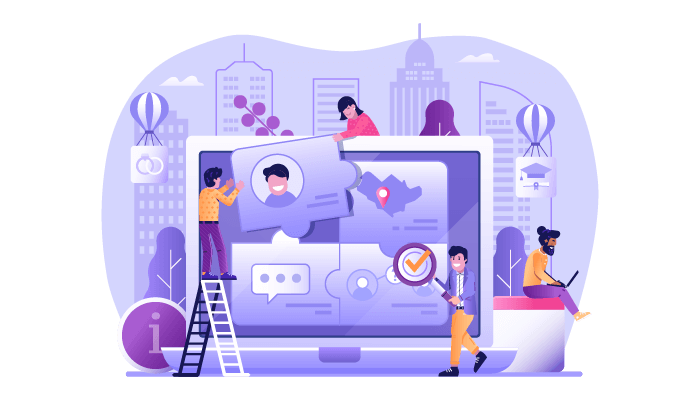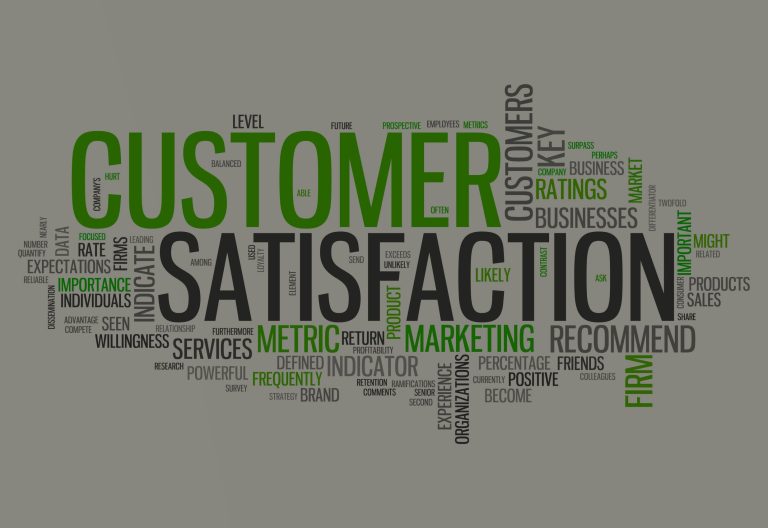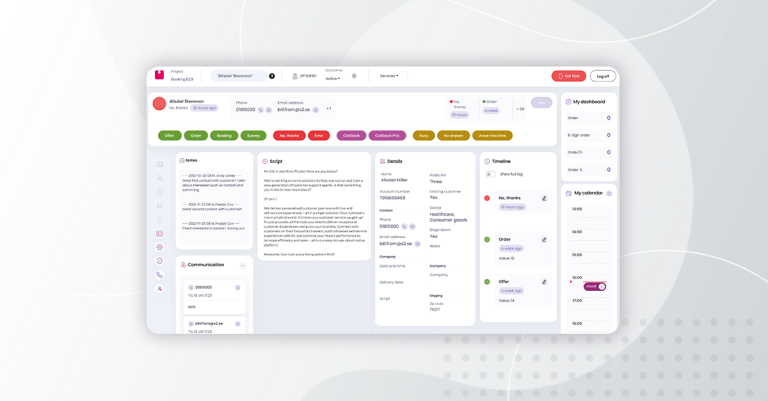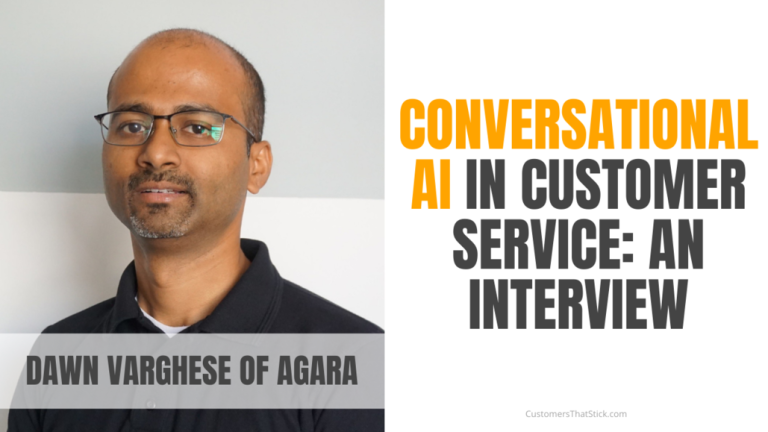Customer service is all about meeting and exceeding customer expectations. Contact center managers know this implicitly. But did you know that hyper-personalization in the contact center is one of the best ways to delight your customers? It’s true!
Customers want to feel seen. Deloitte reports that 90% of people are attracted to hyper-personalized advertising content, and customers are quickly coming to expect it. And they’ll reward businesses who invest in hyper-personalized service with their loyalty. This blog will explore the concept of hyper-personalization to understand its benefits, discuss strategies and consider examples. We’ll also highlight essential tools for a successful hyper-personalization strategy.
What is Hyper-Personalization in a Contact Center?
Let’s start with some definitions. Hyper-personalization in the contact center is a customer experience strategy that uses advanced technologies and data analytics to deliver tailored interactions.
The solutions are all based on a customer’s specific preferences, behaviors, and needs. It goes beyond mere personalization, as it seeks to create a seamless and individualized experience throughout the customer journey.
Risks vs. Benefits of Hyper-Personalization
As with any transformative approach, hyper-personalization carries certain risks along with many benefits. On one hand, there is a concern about data privacy and security – and businesses absolutely need to deliver on that front. However, when implemented ethically and transparently, the benefits outweigh the risks.
75% of consumers are more likely to purchase from brands that recognize them by name, understand their preferences, and provide personalized recommendations.
How is Hyper-Personalization Different from Personalization?
Personalization offers unique customer experiences based on demographic segments or predefined rules. But hyper-personalization digs deeper. It harnesses advanced analytics and machine learning algorithms to dynamically adapt interactions based on real-time data and individual preferences. In other words, it is the next level of personalization. It enables a more precise and relevant customer experience.
Benefits of Hyper-Personalization
Enhanced Customer Engagement
When you provide personalized experiences, your customers feel valued and understood. Hyper-personalization can foster a stronger emotional connection between customers and your brand.
Increased Customer Satisfaction
Hyper-personalization anticipates customer needs. It minimizes frustration and enhances overall satisfaction.
Improved Conversion Rates
By presenting relevant offers and recommendations, hyper-personalization increases the likelihood of converting prospects into loyal customers.
Enhanced Loyalty and Retention
A study by Gartner found that companies with strong personalization strategies generate 20% more revenue than those without. Hyper-personalization goes even further: strengthening customer loyalty and reducing churn rates.
Competitive Advantage
As hyper-personalization becomes more widespread, businesses that embrace it gain a distinct competitive edge by providing a superior customer experience.
Hyper-Personalization Strategies
To leverage the power of hyper-personalization, consider the following strategies:
Comprehensive Data Collection
Gather customer data from multiple touchpoints, including social media, website interactions, pre-call information gathered when scheduling a call-back, and past purchase history.
Real-Time Analytics
Use advanced analytics tools to process and interpret data in real time, enabling dynamic personalization during customer interactions.
Artificial Intelligence and Machine Learning
Leverage AL and ML algorithms to uncover patterns, predict customer behavior, and offer personalized recommendations.
Contextual Communication Channels
Engage customers through their preferred channels, such as social media, email, chat, or voice, ensuring a seamless and consistent experience. Offer VIP callers preferred access to a dedicated call-back queue.
Feedback Loops
Continuously gather customer feedback and adapt your strategies as needed to improve and nurture your relationships.
Hyper-Personalized Customer Experience
A hyper-personalized customer experience is all about going the extra mile to truly understand and cater to each customer’s unique preferences and needs. Let’s dive deeper into the key components that make up a hyper-personalized customer experience:
Proactive Problem Resolution: Using customer data and predictive analytics, contact center managers can identify customer’s needs and potential pain points and proactively address them. This could mean reaching out to customers with troubleshooting tips, offering assistance, or even resolving issues behind the scenes without the customer needing to ask for support.
For instance, a telecom company can spot potential service disruptions by analyzing network data. When they proactively notify affected customers, providing information and alternative solutions, they minimize any inconvenience, and the customer feels valued.
Tailored Product Recommendations: Hyper-personalization extends beyond basic product suggestions based on past purchases. It involves storing customer preferences, browsing history, and contextual data to offer perfectly aligned recommendations.
Amazon’s recommendation engine is a notable example of hyper-personalization. By analyzing user behavior, purchase history, and even factors like demographic information, Amazon’s algorithms provide highly personalized product suggestions. This makes the shopping experience more enjoyable and increases the likelihood of repeat purchases.
Personalized Content: Hyper-personalization involves content, too. By analyzing customer’s preferences, demographics, and browsing behavior, contact centers can share tailored content that resonates with their specific interests.
This could look like a clothing retailer sending personalized style guides based on a customer’s previous purchases, fashion preferences, and even current trends.
Personalized content highlights a brand’s understanding of the customer’s style. It’s also a unique opportunity to delight and educate a customer, enhancing the overall customer experience.
Relevant Promotions: Hyper-personalization also lets contact centers deliver targeted promotions that customers will love. Once again, analyzing purchase history, browsing patterns, and demographic information is the ticket. It will show you which discounts, exclusive deals, or loyalty rewards will resonate with your customers.
For example, a travel agency can send personalized vacation suggestions such as a European river cruise package to a customer who is retired, has been searching for information on European counties, and has booked previous cruises. Sounds great, right? By tailoring the offers to the individual’s interests, the agency increases the chances of conversion and customer satisfaction.
Examples of Hyper-Personalization
Spotify’s Discover Weekly playlists use customer’s listening data to curate personalized music recommendations, delighting listeners with new and familiar tunes.
Amazon’s product recommendations are a prime example of hyper-personalization, offering customers tailored suggestions based on their browsing and purchase history.
Starbucks’ mobile app customizes the ordering process, remembering preferences, and suggesting personalized offers and rewards.
Tools for Your Hyper-Personalization Strategy
Customer Relationship Management (CRM) Software
A robust CRM system allows for centralized customer data management and facilitates personalized interactions.
Advanced Analytics Platforms
Tools like Google Analytics or Adobe Analytics help identify customer behavior patterns and inform personalized marketing strategies.
AI-Powered Chatbots
Intelligent chatbots assist in delivering real-time, personalized customer support while reducing agent workload.
Marketing Automation Software
Solutions like HubSpot or Marketo enable targeted, automated campaigns tailored to individual customer preferences.
Call-Back Solutions
Offer VIP Call-Backs: Call-back technology can prioritize call-backs based on several factors such as customer loyalty or VIP status. This ensures that high-value customers receive expedited and personalized assistance, enhancing their satisfaction and loyalty.
Use Call-Backs to Capture Customer Information: Call-back technology can capture a customer’s information, including their name, their account number, and the reason they called. This information can be passed along to the agent who handles the call, enabling them to provide a more personalized and relevant conversation.
A Final Word
Remember, the key to successful hyper-personalization lies in the details. This means engaging with comprehensive data collection, advanced analytics, AI, contextual communication, and continuous feedback. It’s worth it!
By going beyond traditional personalization, your contact center can unlock higher customer satisfaction, increased loyalty, and gain a competitive edge.






+ There are no comments
Add yours